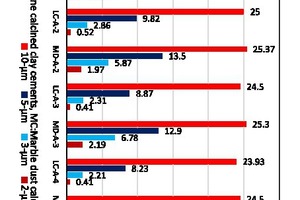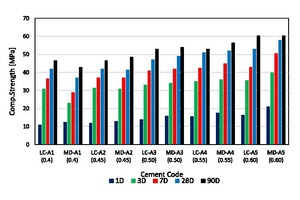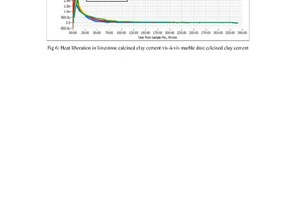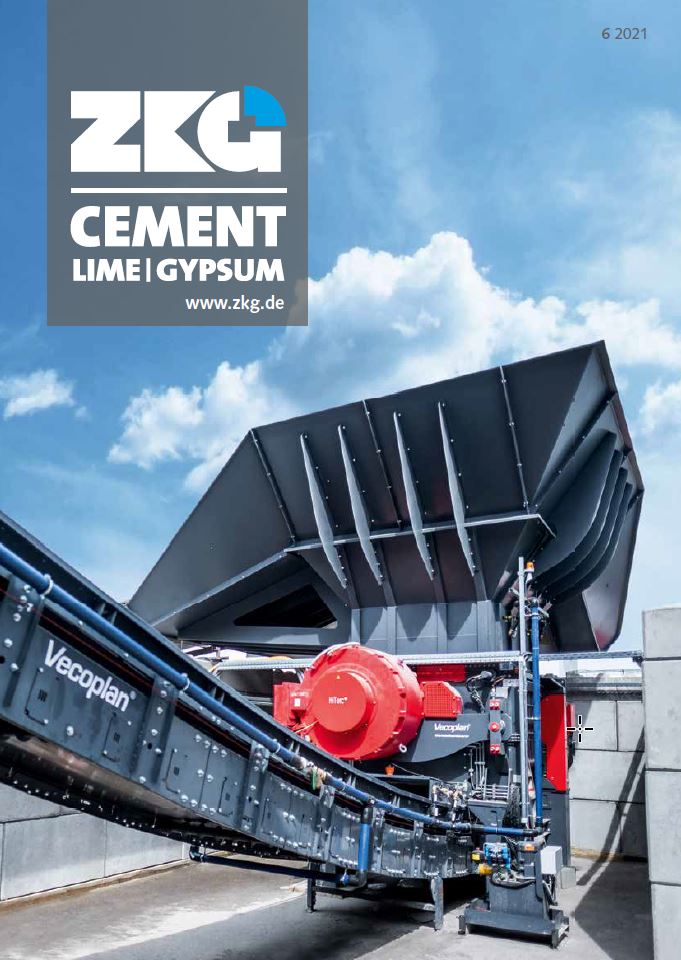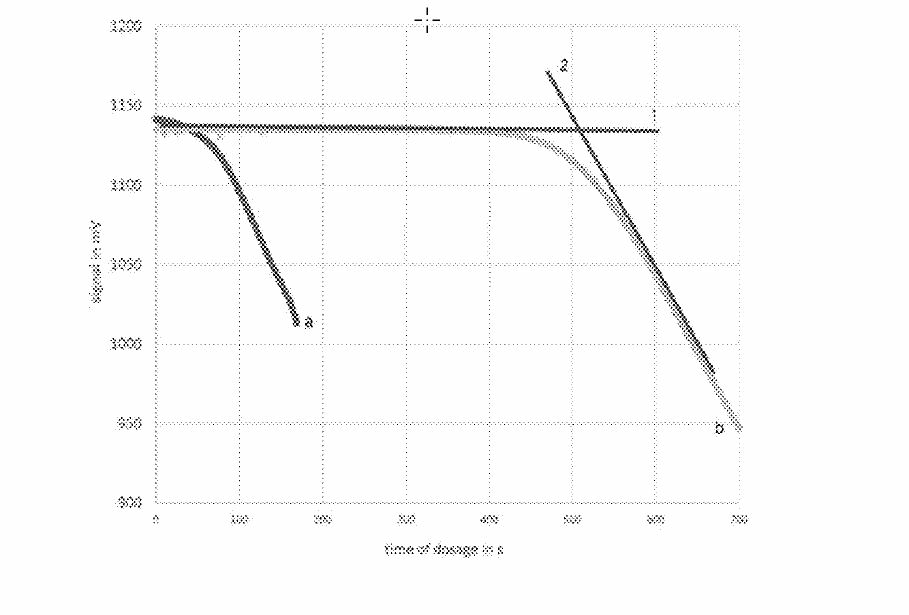Investigations into calcined clay cements containing limestone as compared with calcined clay cements containing marble dust
Formulations of blended cements, in which the carbon- and energy-intensive Portland clinker is partially replaced by supplementary cementitious materials, represent a viable strategy for achieving environmental sustainability during cement production. The availability of clay and limestone all over the world means that a new ternary cementitious cement system containing calcined clay and limestone could increase clinker replacement to 50% without significantly influencing the cement performance. This is due to the synergy between the aluminates from calcined clay and the carbonates from limestone. In view of the widespread availability of marble dust, a waste generated by the marble processing industries in India with oxide constituents and a mineral composition similar to those of limestone, a comparative study has been undertaken into the mechanical properties of cement blends containing calcined clay and limestone and cement blends containing calcined clay and marble dust. These were prepared with different clinker/cement ratios of 0.40, 0.45, 0.50, 0.55 and 0.60 and, in the case of calcined clay cement blends containing marble dust, showed better strength development at all curing ages than their counterparts containing limestone. This indicates the potential of marble dust for use as a cementing material in the manufacture of blended cements.
1 Introduction
Worldwide cement demand is increasing continuously due to the increasing population and infrastructural requirements. The annual global cement production is predicted to reach around 4.8 billion t annually by 2030 and 6.0 billion t by 2050 from the current level of 4.1 billion t [IEA-WBCSD, 2018]. The cement industry is facing major challenges associated with the cement production. These include rapid depletion of natural resources and carbon emission into the atmosphere, which accounts for about 7-8% of global CO2 emissions. Every tonne of OPC produced releases an equivalent...

![1 X-ray diffraction pattern of raw clay and calcined clay (K: Kaolinite, M: Muscovite, Q: Quartz, H: Haematite) [1, 2]](/uploads/images/2021/w300_h200_x600_y349_Materials_Agarwal_Figure_1-9f57b6742a6551c3.jpeg)
![2 DTA/TGA curve of clay [1, 2]](/uploads/images/2021/w300_h200_x600_y359_Materials_Agarwal_Figure_2a-79fd72dddc2d43af.jpeg)
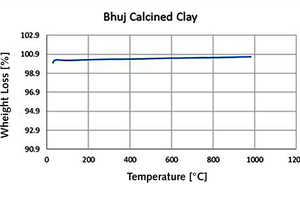
![3 Distribution of glass grains in calcined clay (20x, x-nicols) [1, 2]](/uploads/images/2021/w300_h200_x347_y264_Materials_Agarwal_Figure_3-6e23b3cb3c90b534.jpeg)
